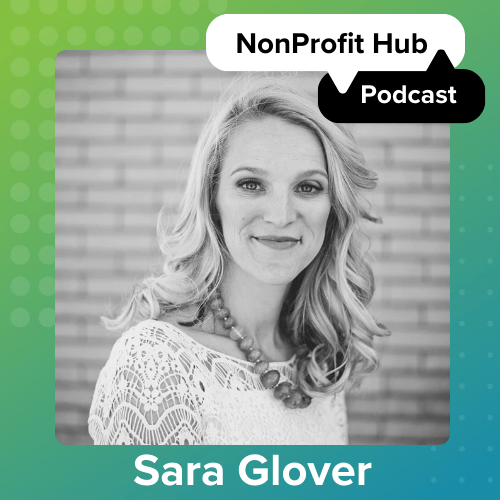You are giving one chicken to help this family. Your participation in this 5K will be put toward putting a well into this village. Your charitable donation will go toward helping this child’s treatment.
When someone donates to your nonprofit, are they donating to an individual? Or an enigmatic group?
While phrases such as “our nonprofit helps thousands of XYZ” sounds impressive and speaks to the reach of your organization, it’s also impersonal. Putting the effectiveness of a single donation into context that’s tangible shows donors that they are making a difference.
According to a recent story on NPR, small and specific problems more likely to get donations than an all-encompassing problem. Psychologist Paul Slovic thinks the reason may tie into hopelessness: a huge problem which is less likely to be resolved through your small donation will not affect the potential donor as strongly.
In some cases, presenting statistics (which to your organization, reinforces why your need is so great) will actually diminish the donation amounts. “In other words, people decline to do what they can do because they feel bad about what they can’t do.”
So during this holiday season of nonprofit marketing, consider making your calls to action more specific.
And check out the full interview on NPR below (it’s only 4 minutes!), and learn why these reasons may be impacting your end of year donation amounts.
Why Your Brain Wants To Help One Child In Need — But Not Millions [NPR]






